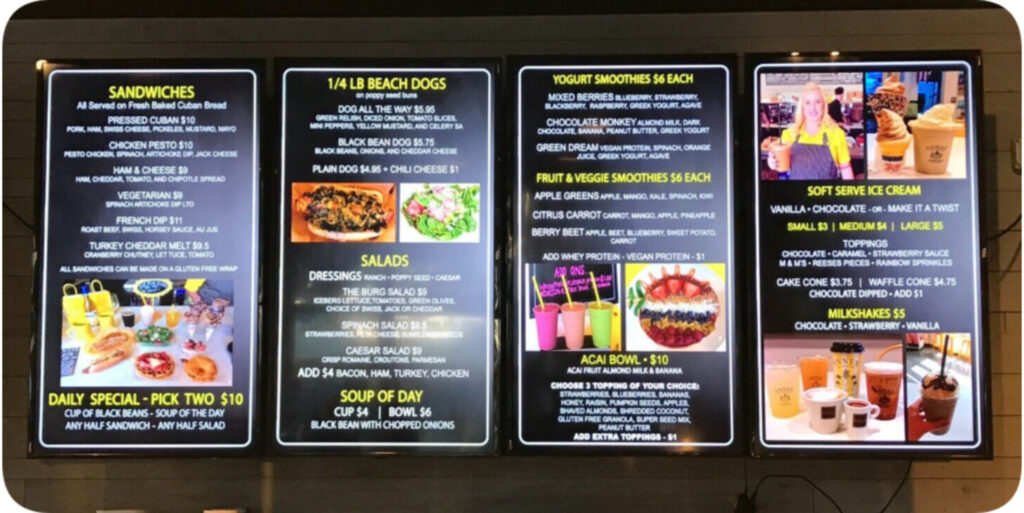
Digital Sigange Displays
Digital signage is a moa modern way of using digital screens – like LED, LCD, or projection displays – to showcase dynamic content. This means displaying images, videos, animations, real-time data, and even interactive content like webpages or social media feeds. Essentially, it’s a dynamic replacement for traditional static signs like posters or billboards.
How it works
Digital signage relies on a few key components to function effectively.
- Digital Displays: These are the screens themselves, which can range in size and resolution depending on the needs and location.
- Media Player: A small device that connects to the display and stores and plays the content.
- Digital Signage Software (CMS): This is the brain of the operation. It allows users to create, manage, schedule, and distribute content to multiple displays remotely, usually through a cloud-based platform.
- Content: The actual media that is displayed on the screens, which can be images, videos, text, animations, or dynamic content like weather forecasts or social media feeds.
- Connectivity: Network connections like Wi-Fi or Ethernet are crucial for remote management and real-time updates of the content on the displays.
